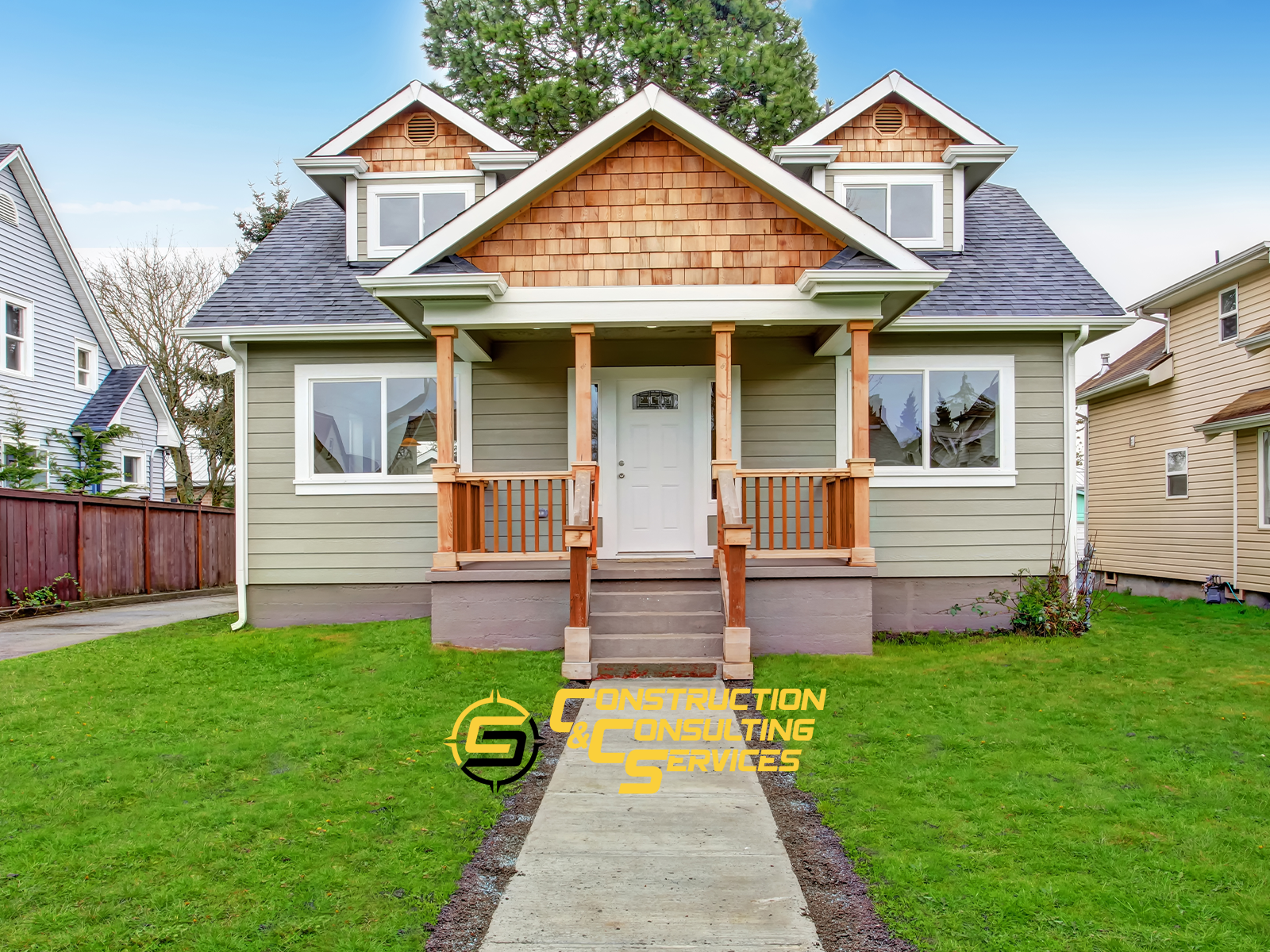Building Multiple Units on a Single-Family Property in California: The Complete Guide
Yes, thanks to recent housing legislation. Under SB 9 and ADU laws, it’s now possible to turn a single-family lot into up to 4 housing units—in some cases.
How it works:
- Main House (existing) – Your primary residence on the property
- ADU (up to 1,200 sq ft allowed) – A full accessory dwelling unit with kitchen, bathroom, and living space
- Junior ADU (up to 500 sq ft, within existing home) – A smaller unit created within your existing house
- SB 9 Lot Split (optionally divide your lot and build on the new parcel) – Divide your property and build on both lots
In some jurisdictions, you may even:
- Add 2 detached ADUs
- Or apply for a duplex conversion under SB 9
Important Legislation to Know
Senate Bill 9 (2022)
SB 9 revolutionized California housing by allowing single-family lots to be split into two parcels, with up to two units on each parcel. This means you could potentially create up to four units where only one stood before.
ADU Laws (2020-Present)
California has progressively relaxed ADU regulations, making it easier to add accessory units. Current laws permit:
- One ADU up to 1,200 square feet
- One Junior ADU up to 500 square feet
- Reduced setback requirements (4 feet from side and rear property lines)
- Streamlined approval processes in many jurisdictions
Things to Consider Before Starting
- Lot Requirements: Your property needs to meet minimum size requirements (typically 2,400 sq ft for lot splits)
- Zoning Restrictions: While SB 9 overrides some local zoning, certain areas are exempt
- Historic Districts: Properties in historic zones may face additional restrictions
- HOAs: Homeowners associations may have covenants limiting additional units
- Utilities: Additional units require proper connections to water, sewer, and electrical
- Parking: While many ADUs are exempt from parking requirements, check local regulations
- Owner-Occupancy: Some jurisdictions require the owner to live in one of the units
Cost Considerations
Adding multiple units involves significant investment:
- ADU Construction: $200-400 per square foot ($240,000-480,000 for a 1,200 sq ft unit)
- Junior ADU Conversion: $50,000-150,000 depending on complexity
- Lot Split Fees: $5,000-15,000 for surveying, legal work, and permits
- Utility Connections: $10,000-25,000 for separate meters and hookups
- Permitting: $5,000-20,000 depending on jurisdiction and project scope
Learn more about the ADU building costs at https://www.laconstructioncompliance.com/how-much-cost-to-build-adu-in-los-angeles/
Financing Options
Several pathways exist to fund your multi-unit project:
- Cash-Out Refinance: Tap into your home’s equity
- Construction Loans: Specifically designed for building projects
- ADU-Specific Loans: Some lenders offer specialized products
- Home Equity Lines of Credit (HELOCs): Flexible funding option
- California Housing Finance Agency programs: State assistance for qualifying projects
Benefits of Multi-Unit Development
- Rental Income: Additional units can generate significant monthly revenue
- Property Value Increase: Multi-unit properties often appraise higher than single-family homes
- Housing Family Members: Create space for aging parents or adult children
- Addressing Housing Crisis: Contributing to California’s housing supply
- Tax Benefits: Potential deductions for rental property expenses
The Application Process
- Consult with a planner: Have a professional assess your property’s potential.
- Feasibility study: Determine what’s physically and legally possible on your lot.
- Preliminary designs: Work with an architect experienced in ADUs and multi-unit projects.
- Submit applications: Apply for lot split and/or building permits.
- Review process: Work through any feedback from local agencies.
- Construction: Build according to approved plans.
- Final inspections: Ensure everything meets code requirements.
Common Challenges
- Neighborhood opposition: Some neighbors may resist increased density
- Unexpected costs: Budget for contingencies (typically 10-20% of project cost)
- Timeline delays: Permit processing can take 3-12 months in some jurisdictions
- Construction complications: Existing infrastructure may require upgrades
Success Stories
Many California homeowners have successfully transformed their properties. For example:
- A San Diego family added an ADU and JADU to create multi-generational housing
- A Bay Area homeowner split their lot and built two duplexes, quadrupling the property value
- A Los Angeles resident converted their garage to an ADU and added a prefab unit, creating passive income
Next Steps
Ready to explore your options? Here’s how to start:
- Check your eligibility: Use our ADU eligibility checker at https://www.laconstructioncompliance.com/adu-eligibility/.
- Consult professionals: Work with architects and planners who specialize in ADUs and SB 9 projects.
- Talk to your local planning department: Each city interprets these laws slightly differently.
- Research financing: Explore loan options before committing to the project.
- Connect with contractors: Get multiple bids from experienced builders.
Building multiple units on your property represents both an opportunity and a challenge. With proper planning and professional guidance, you can successfully navigate California’s new housing laws to maximize your property’s potential.




